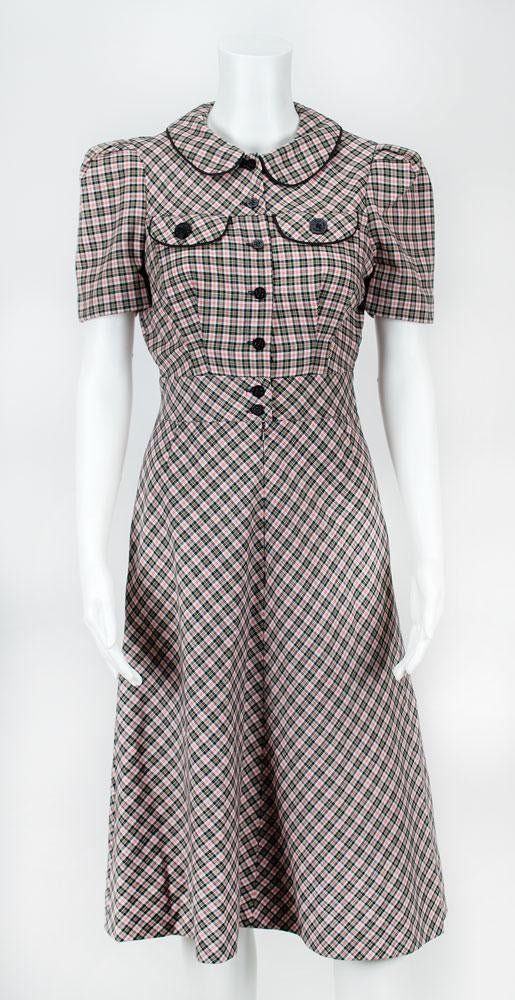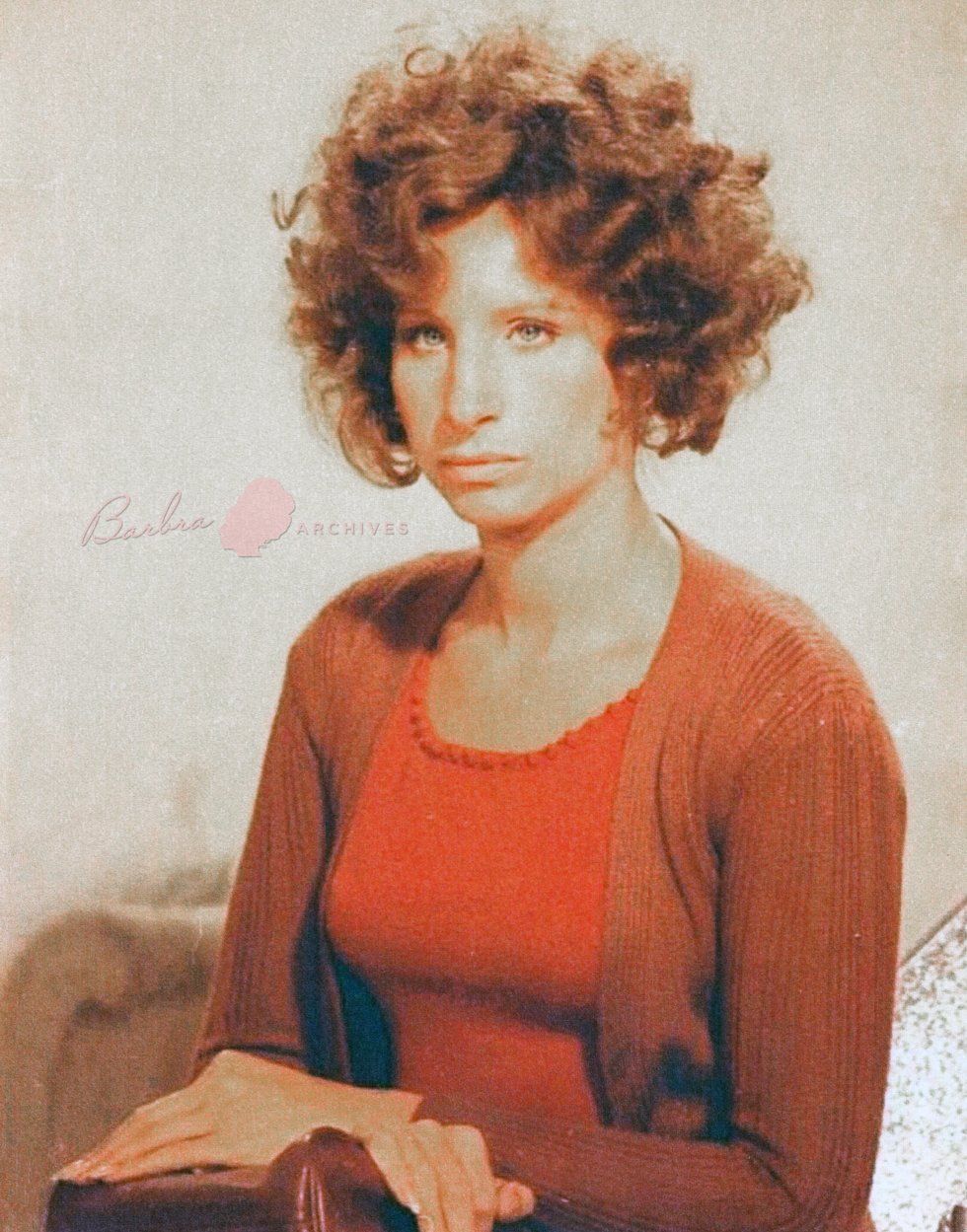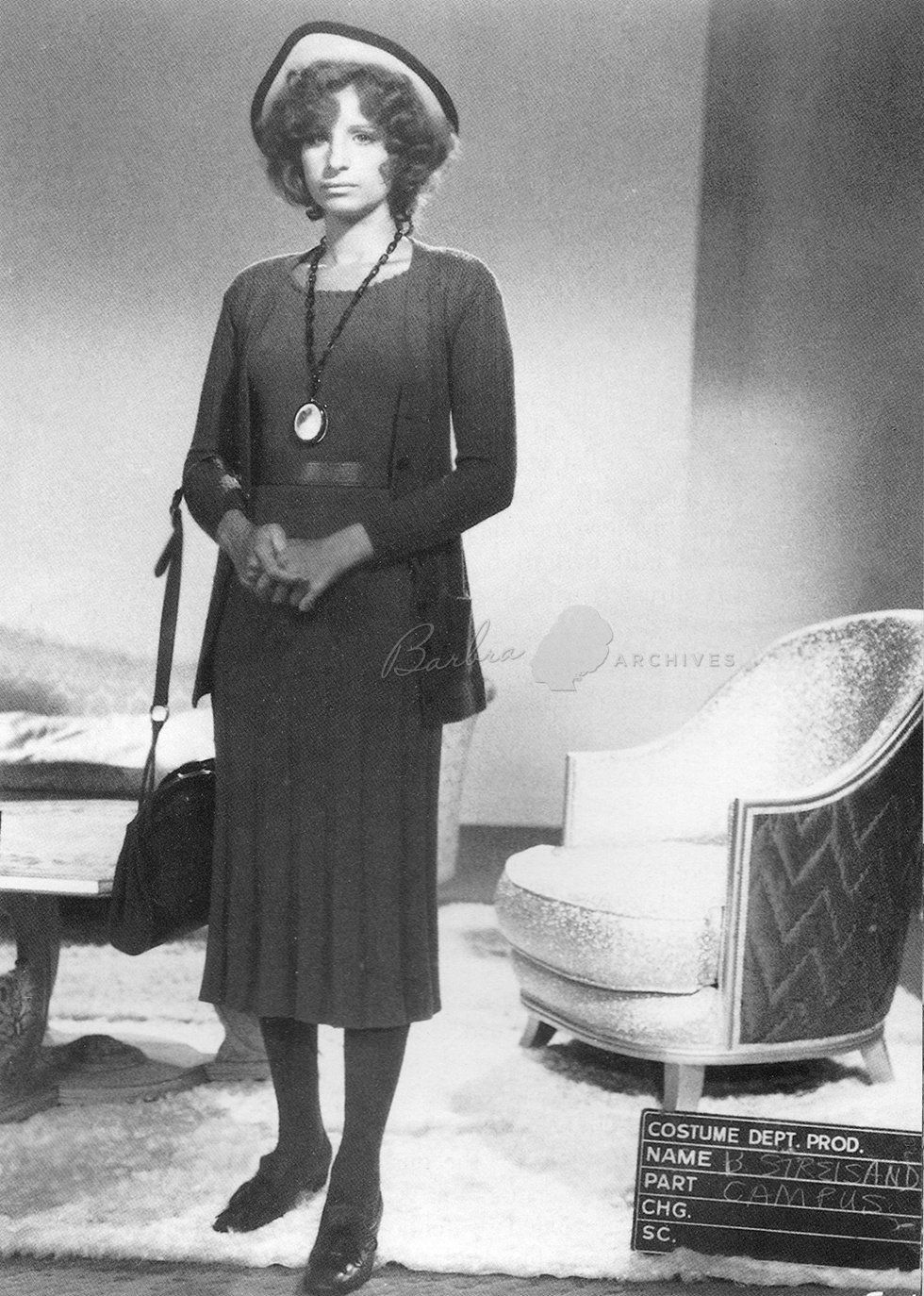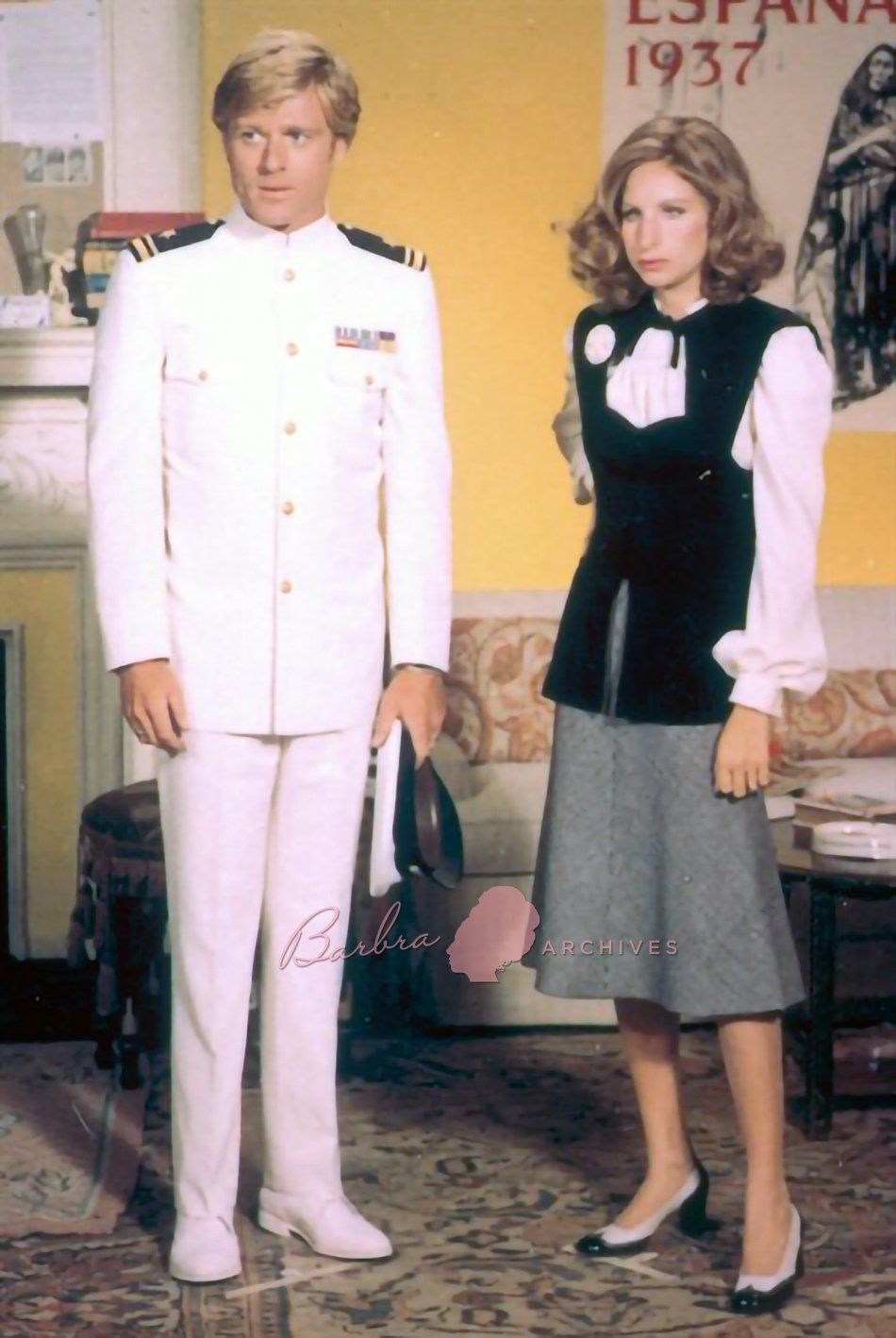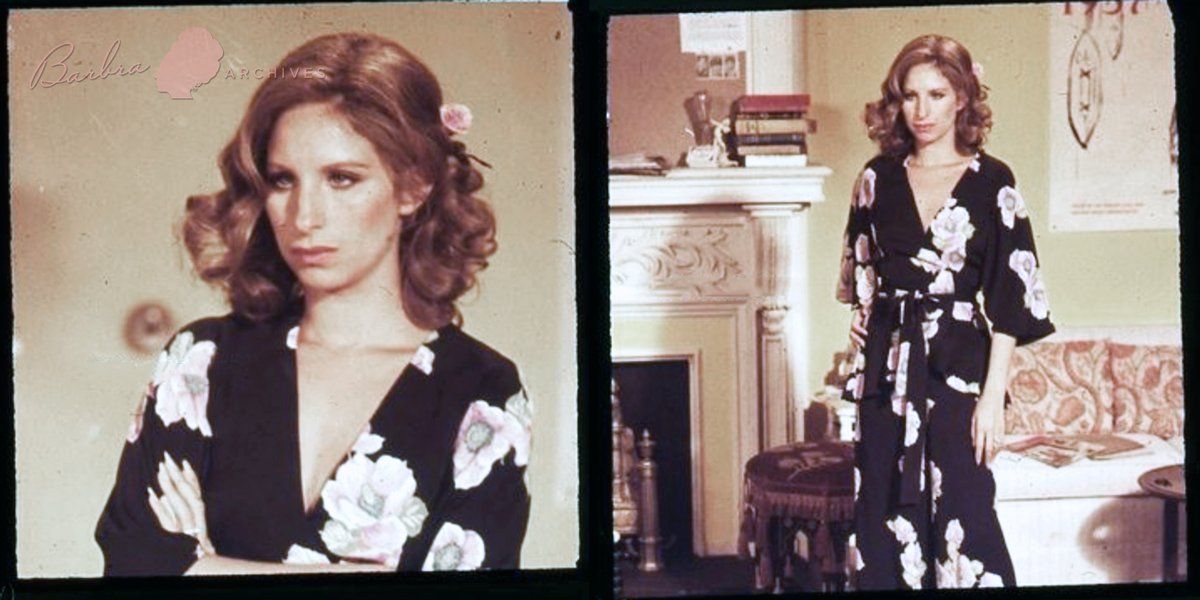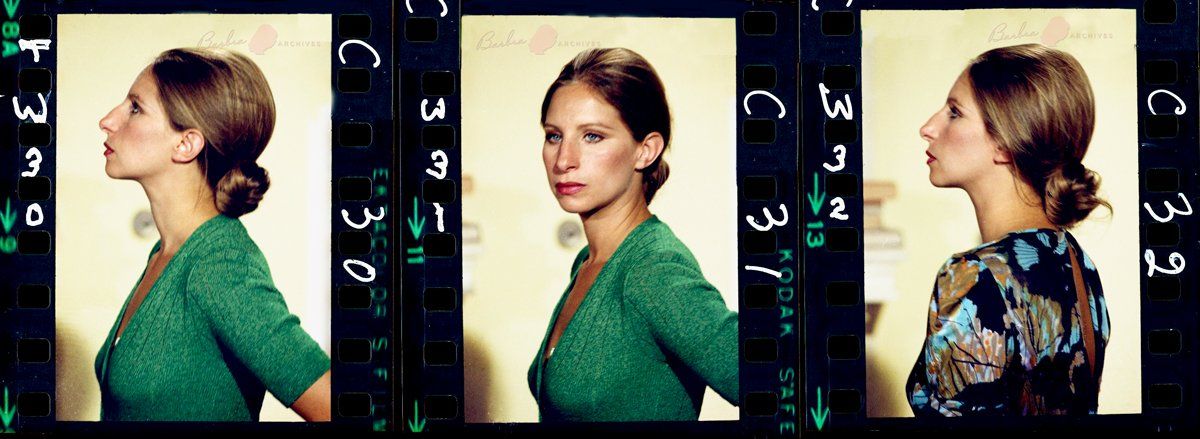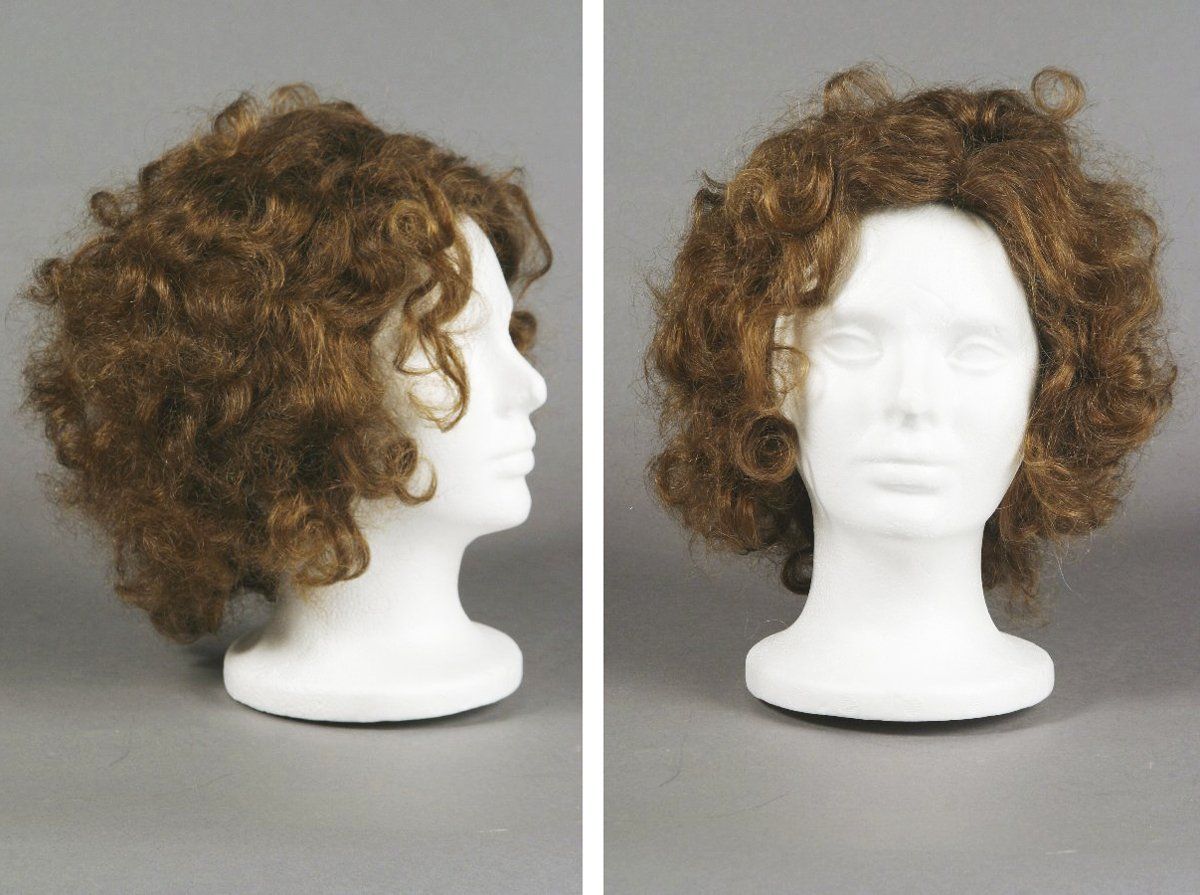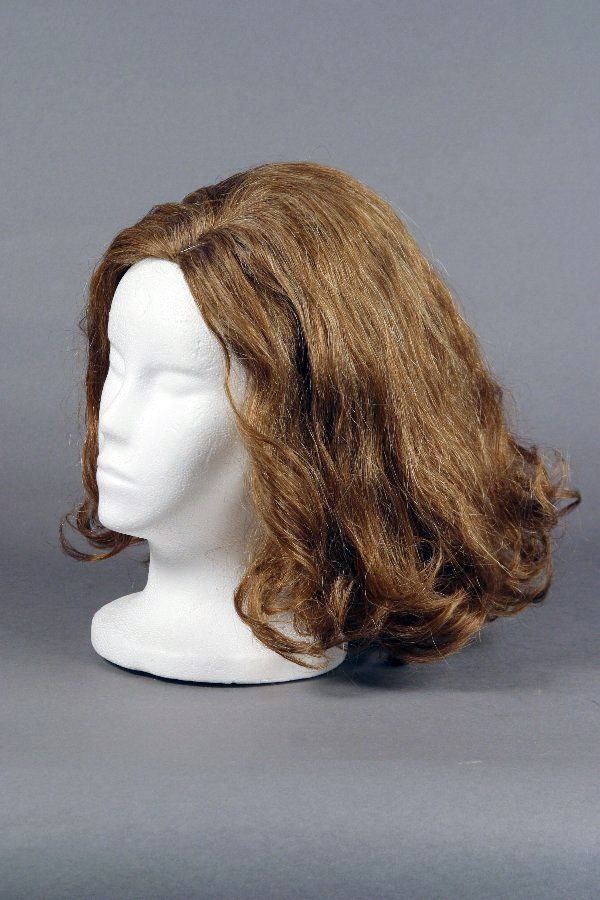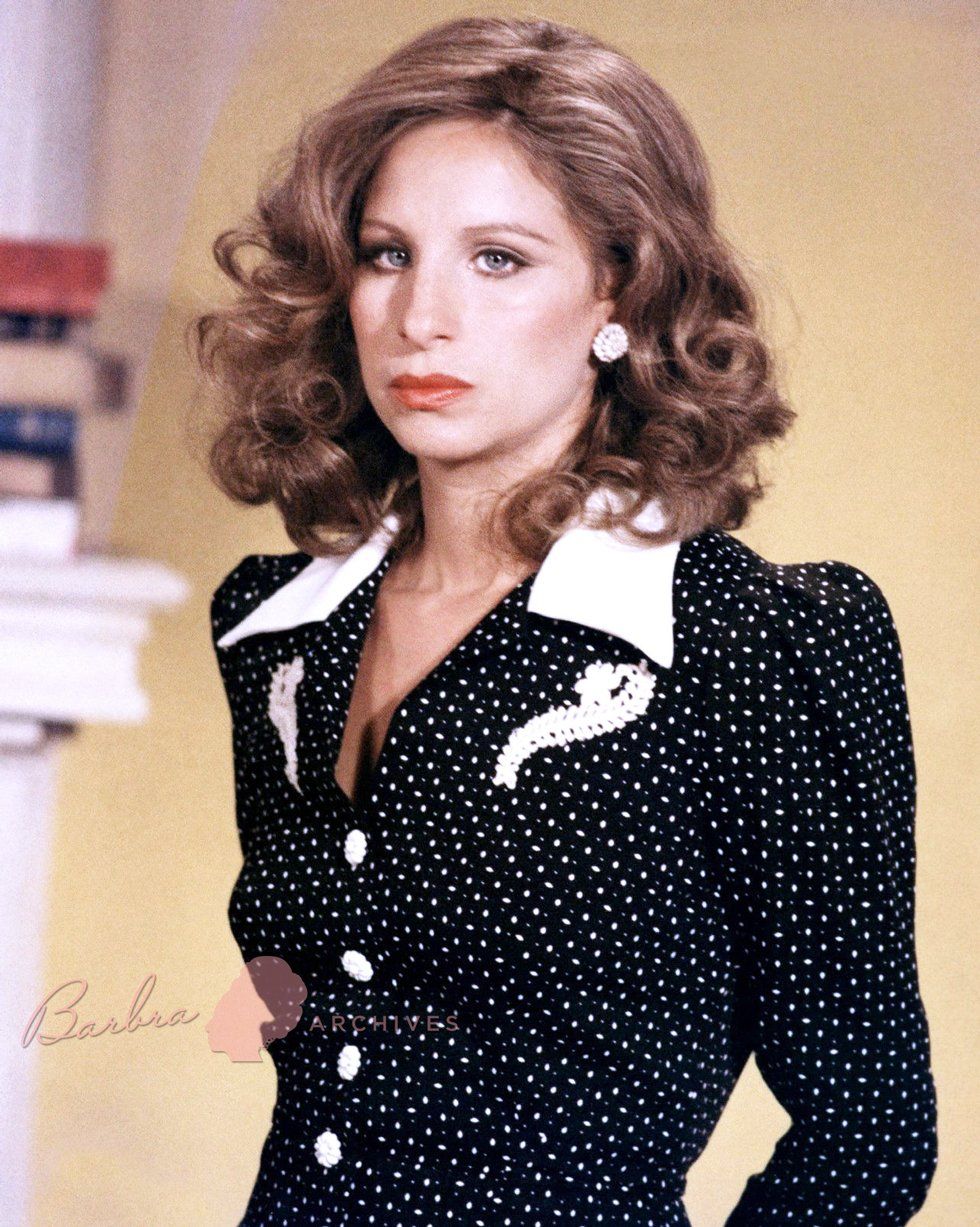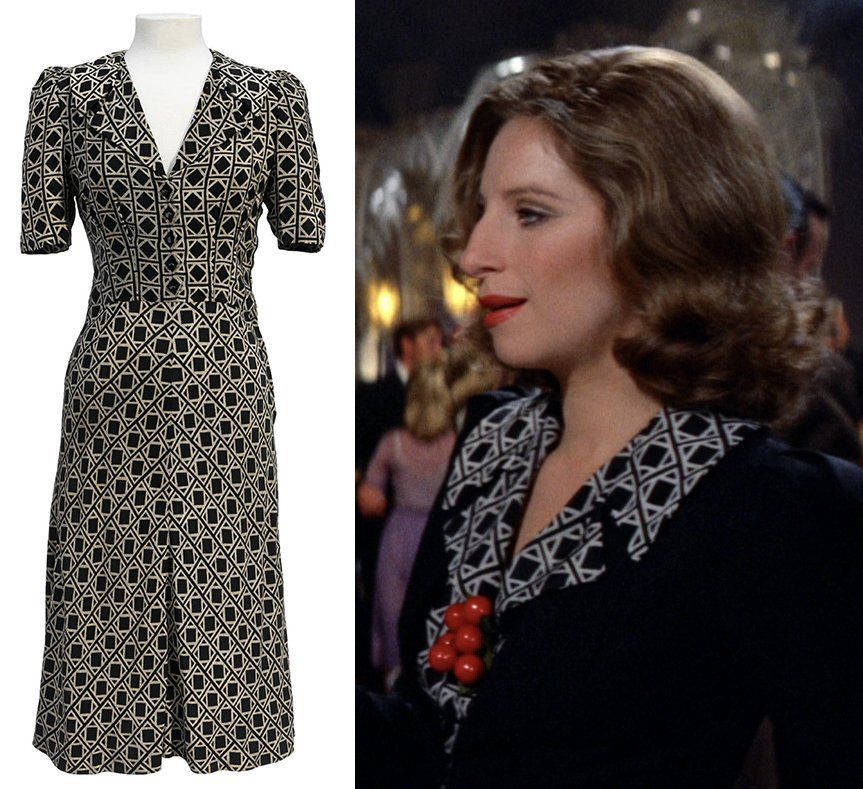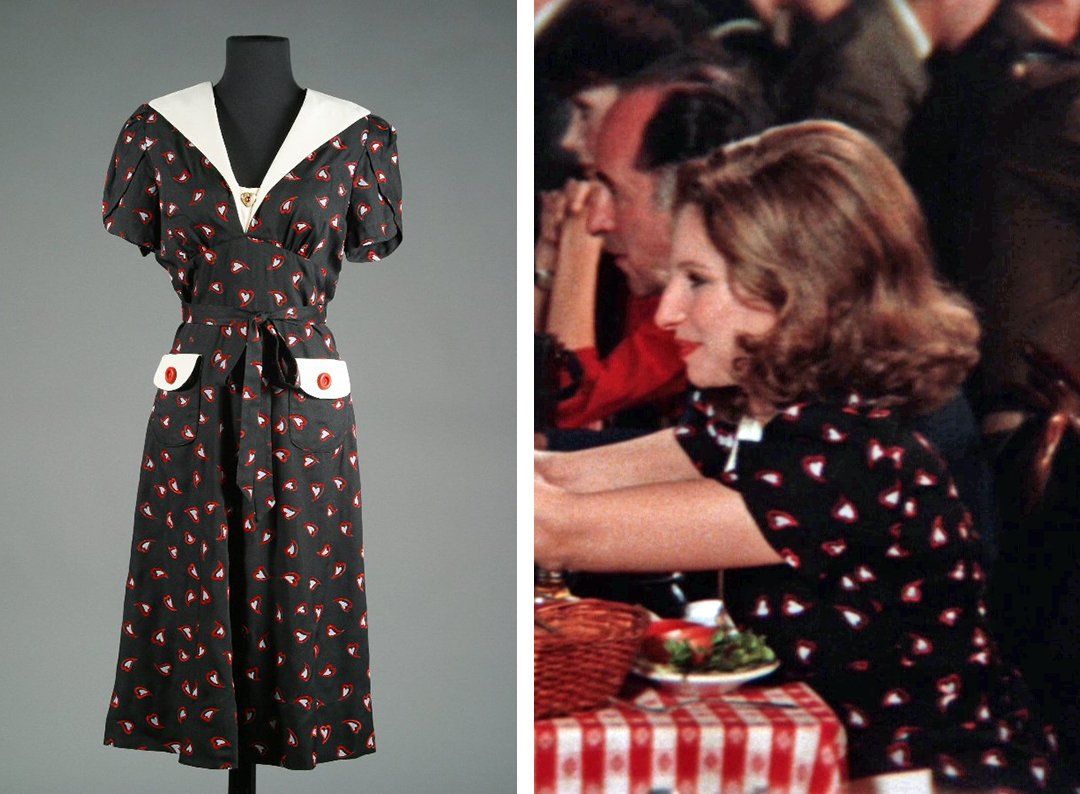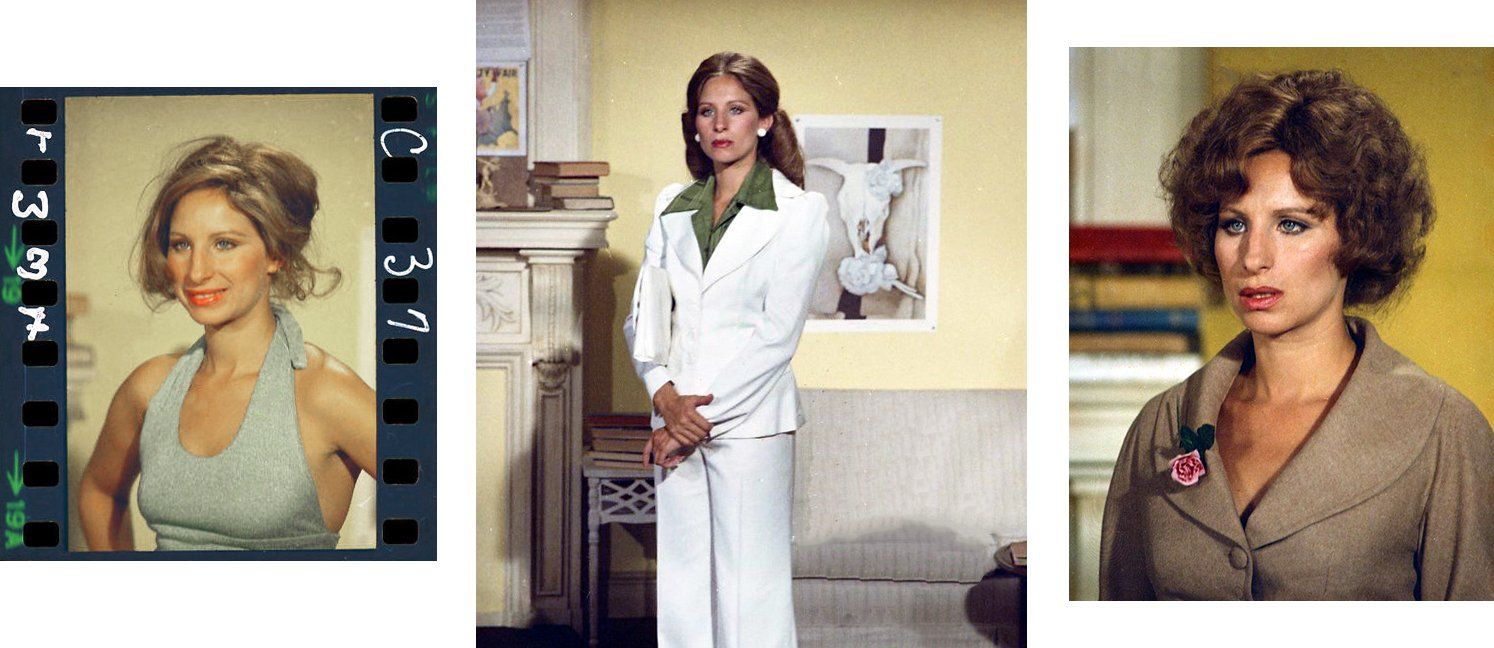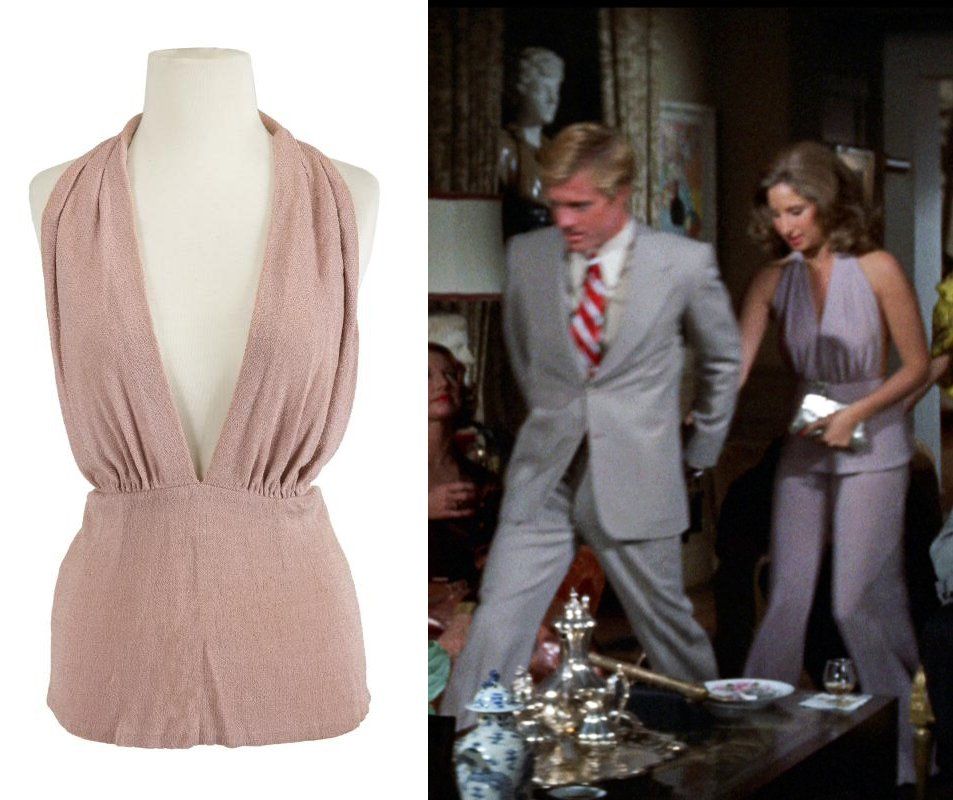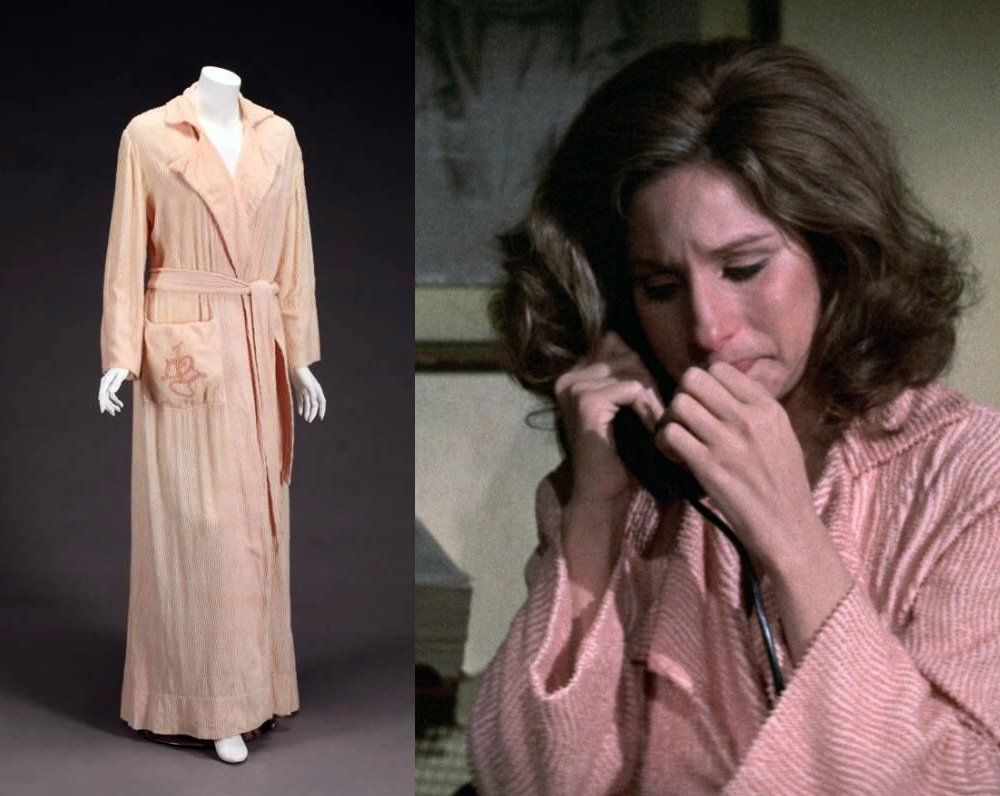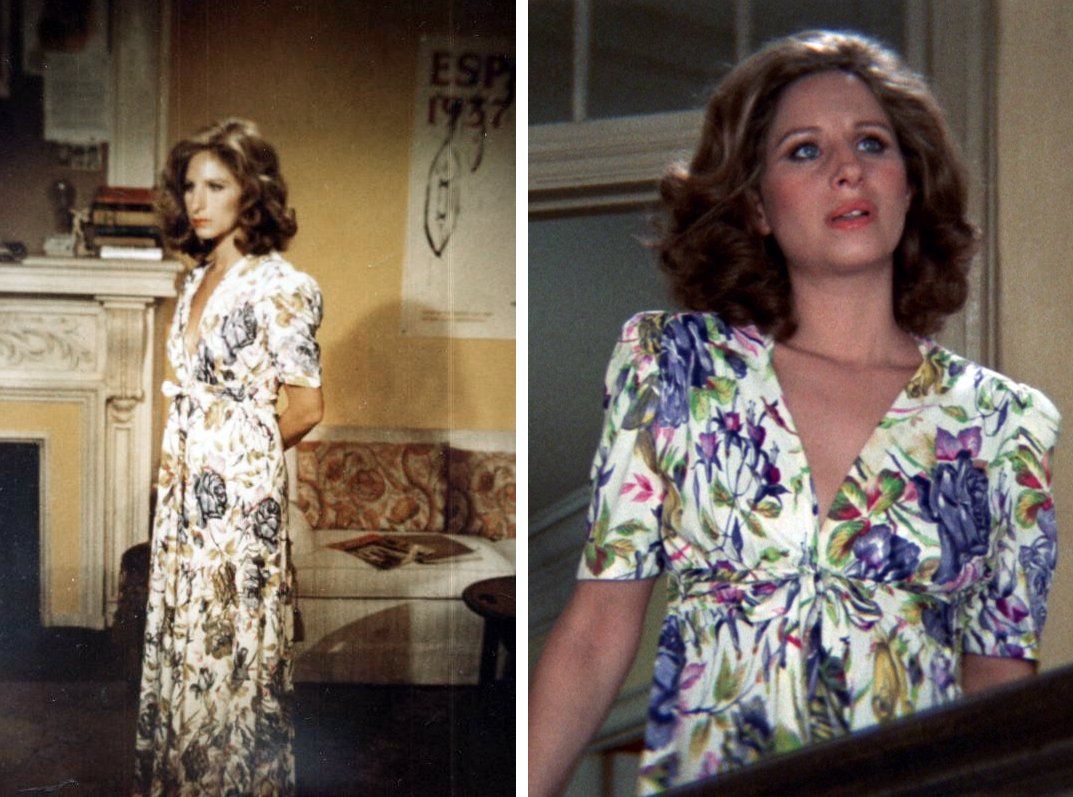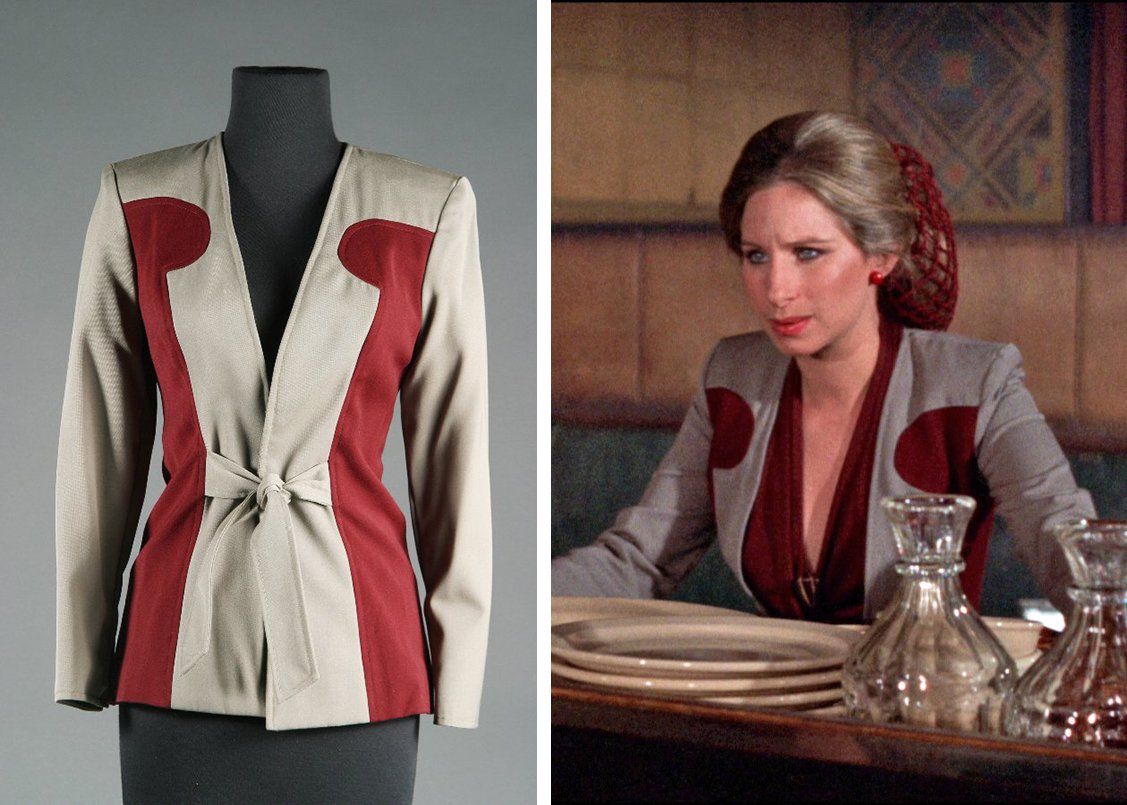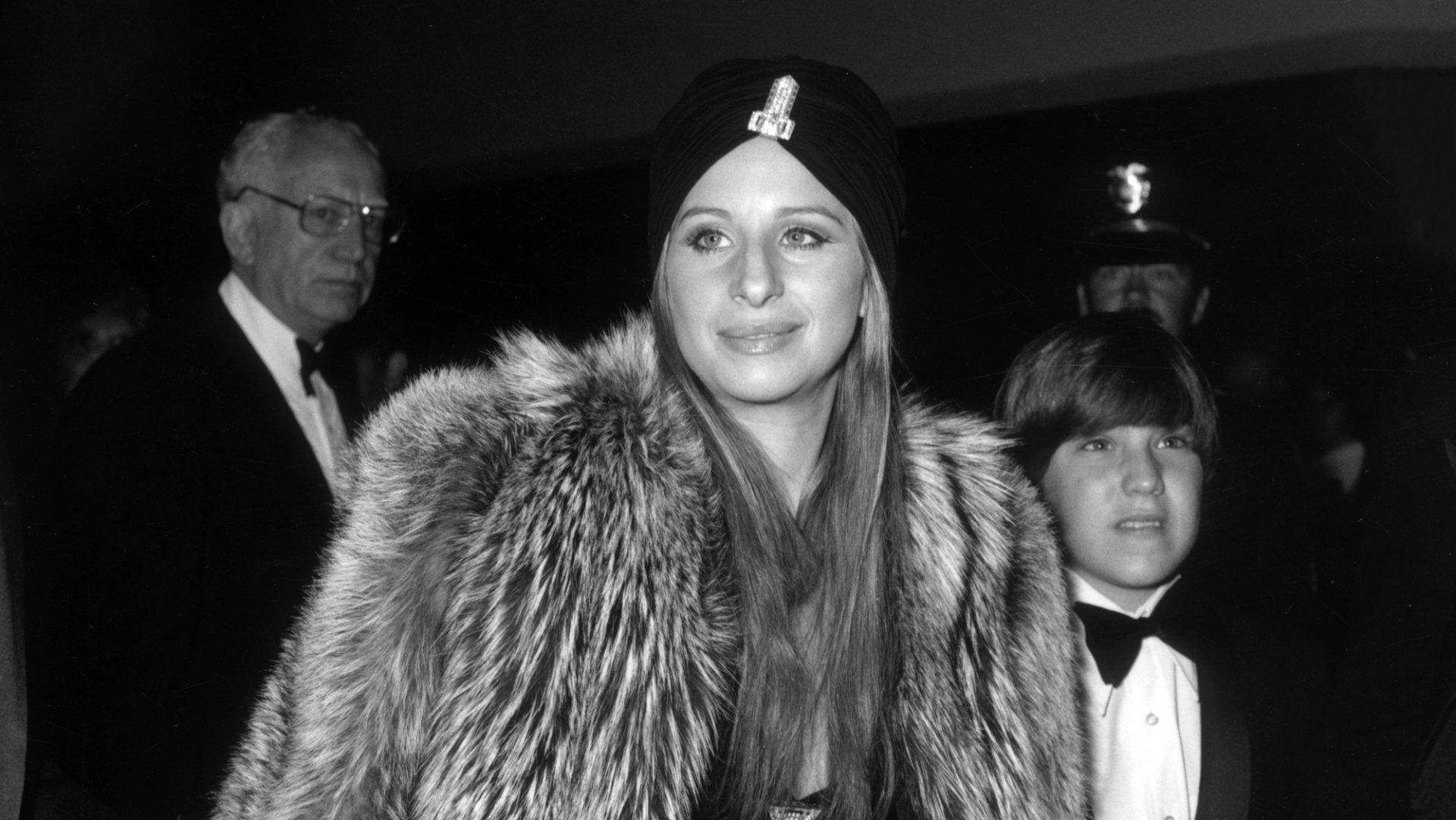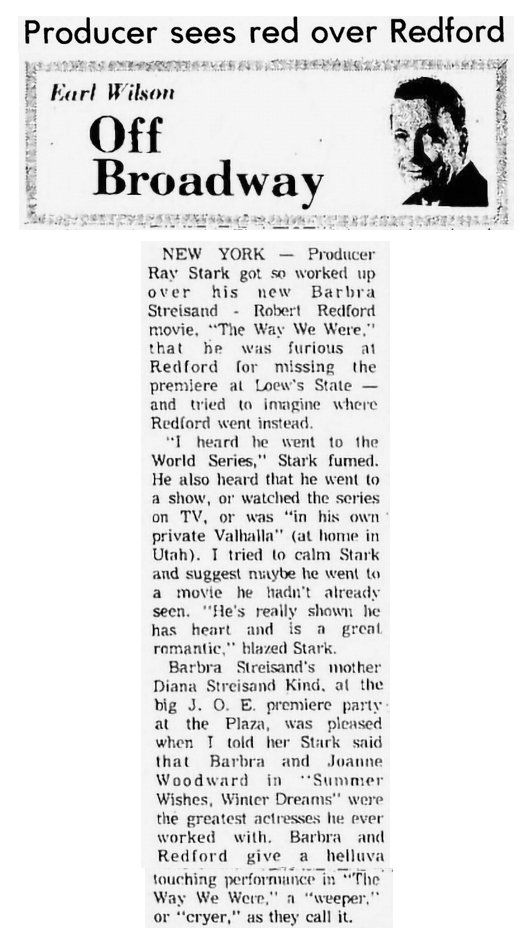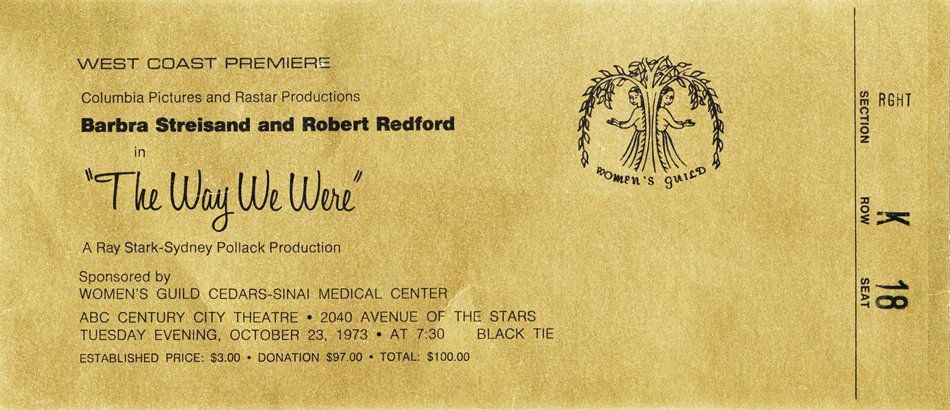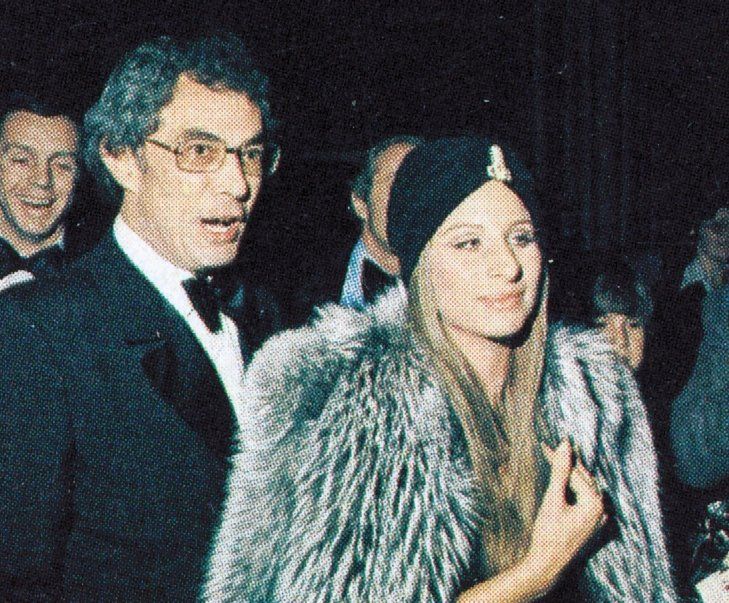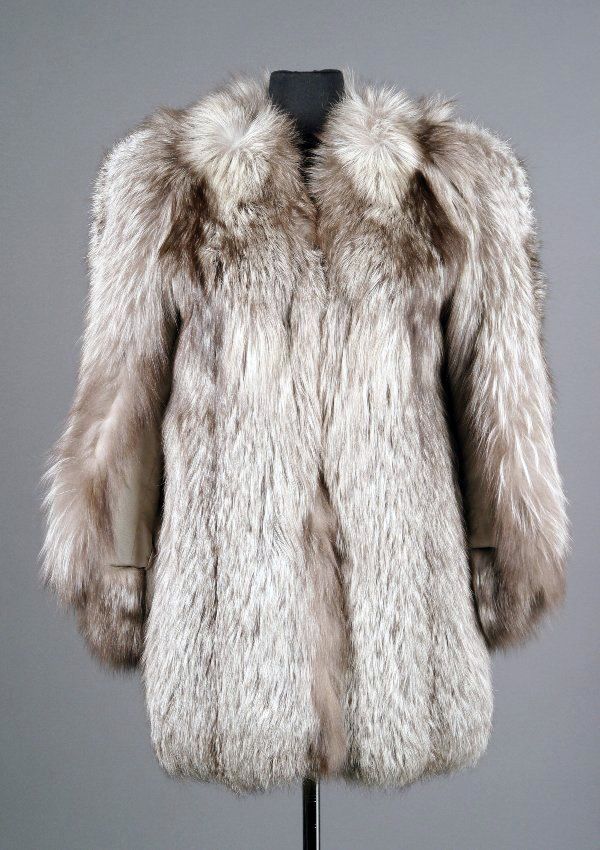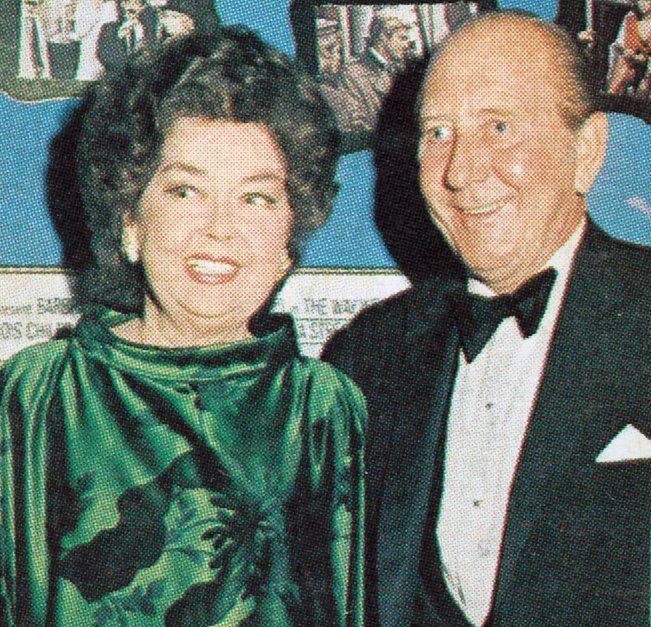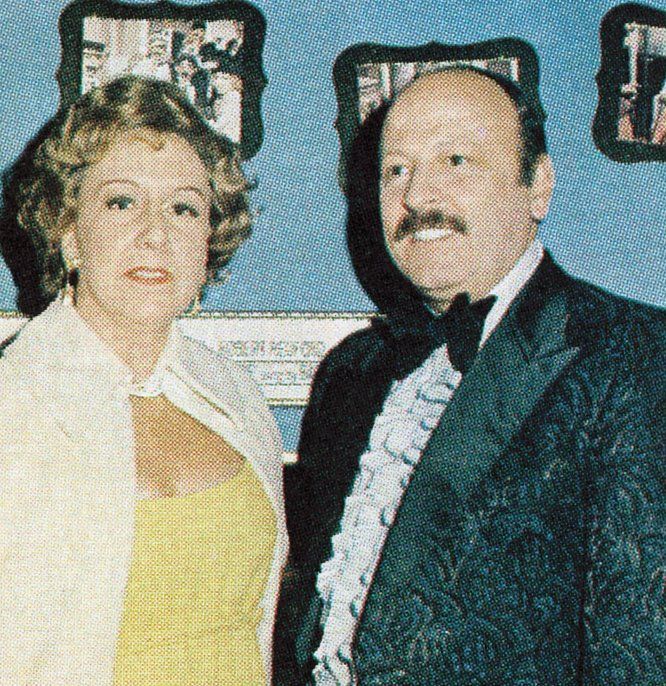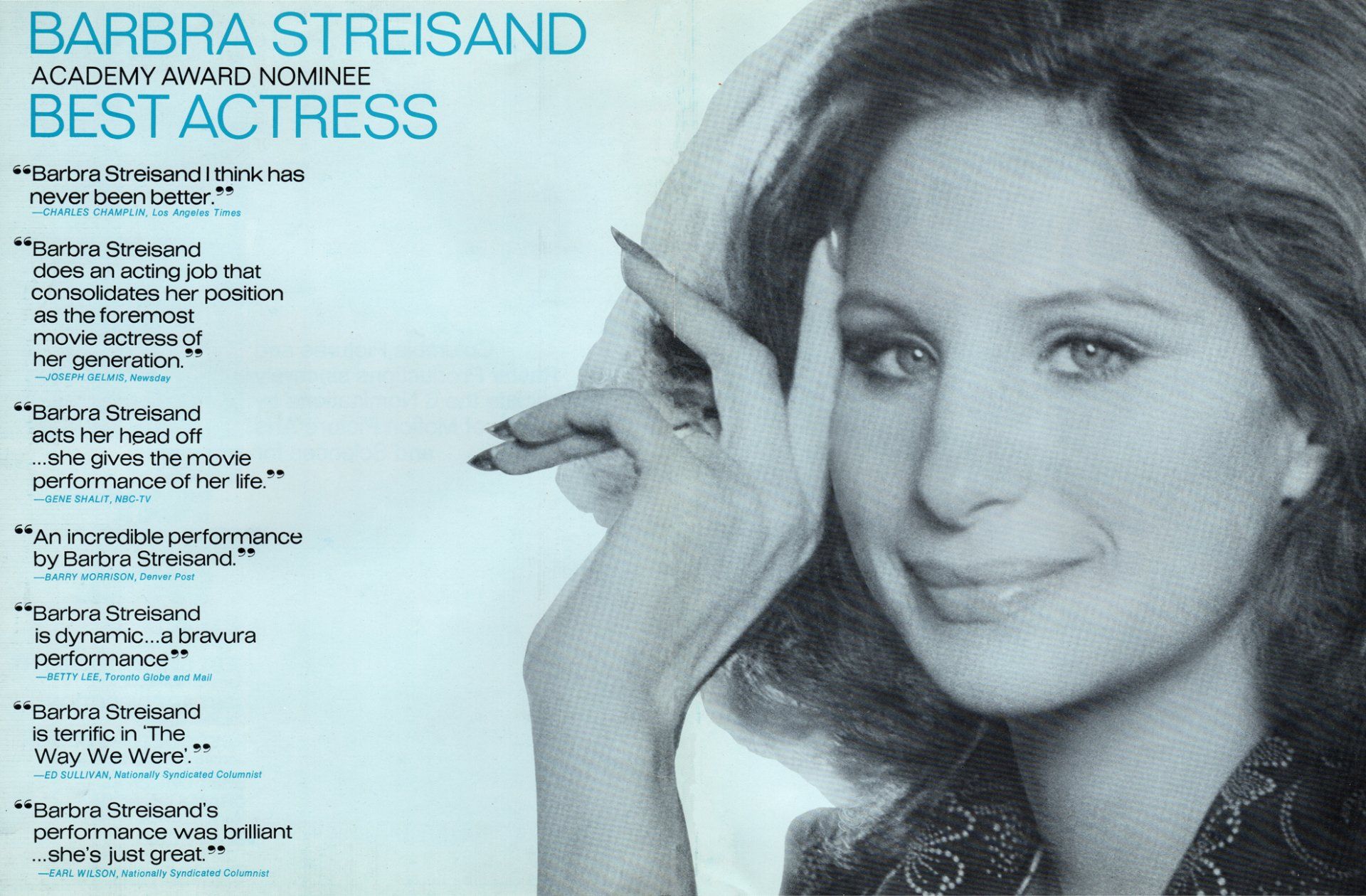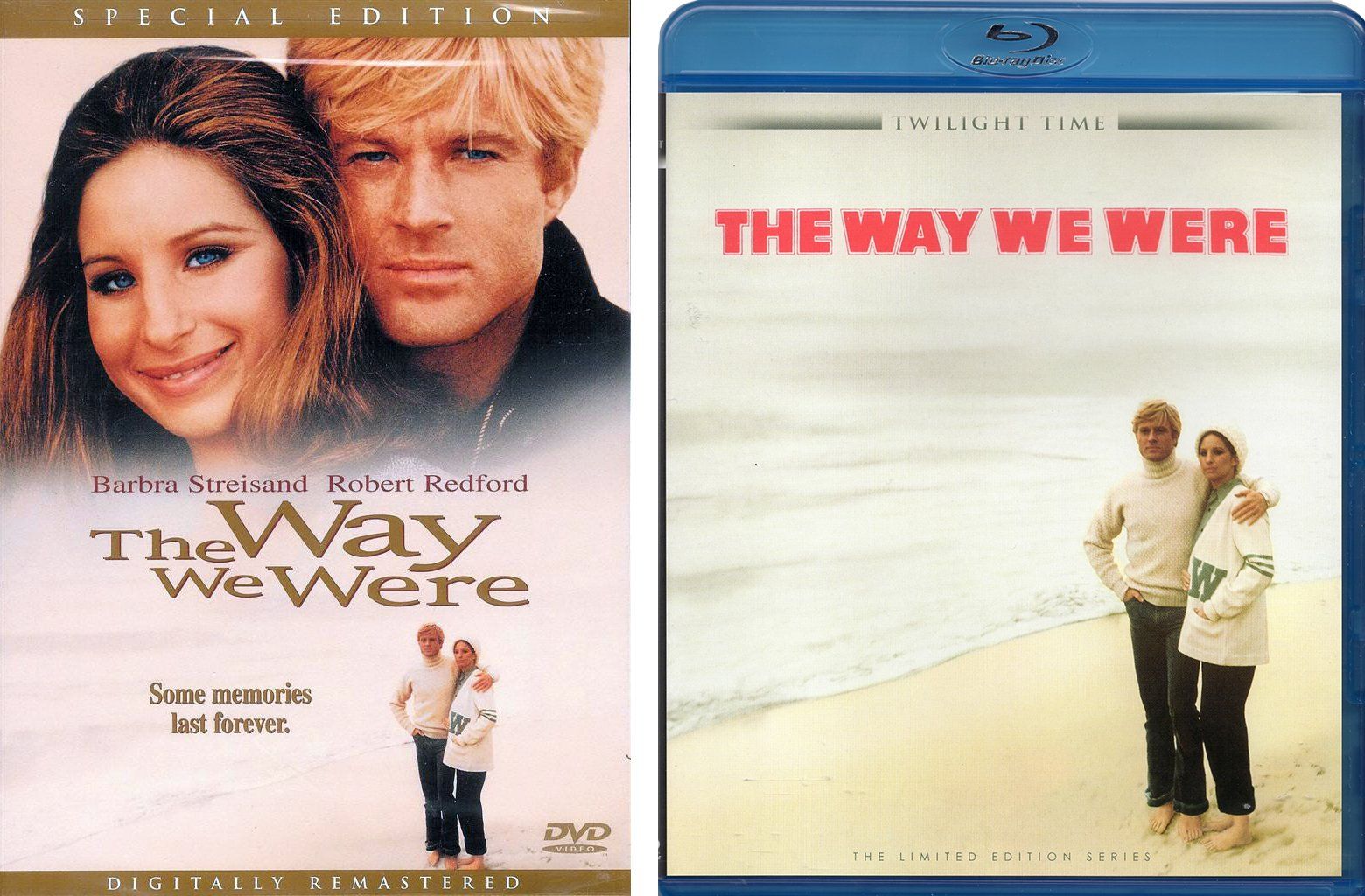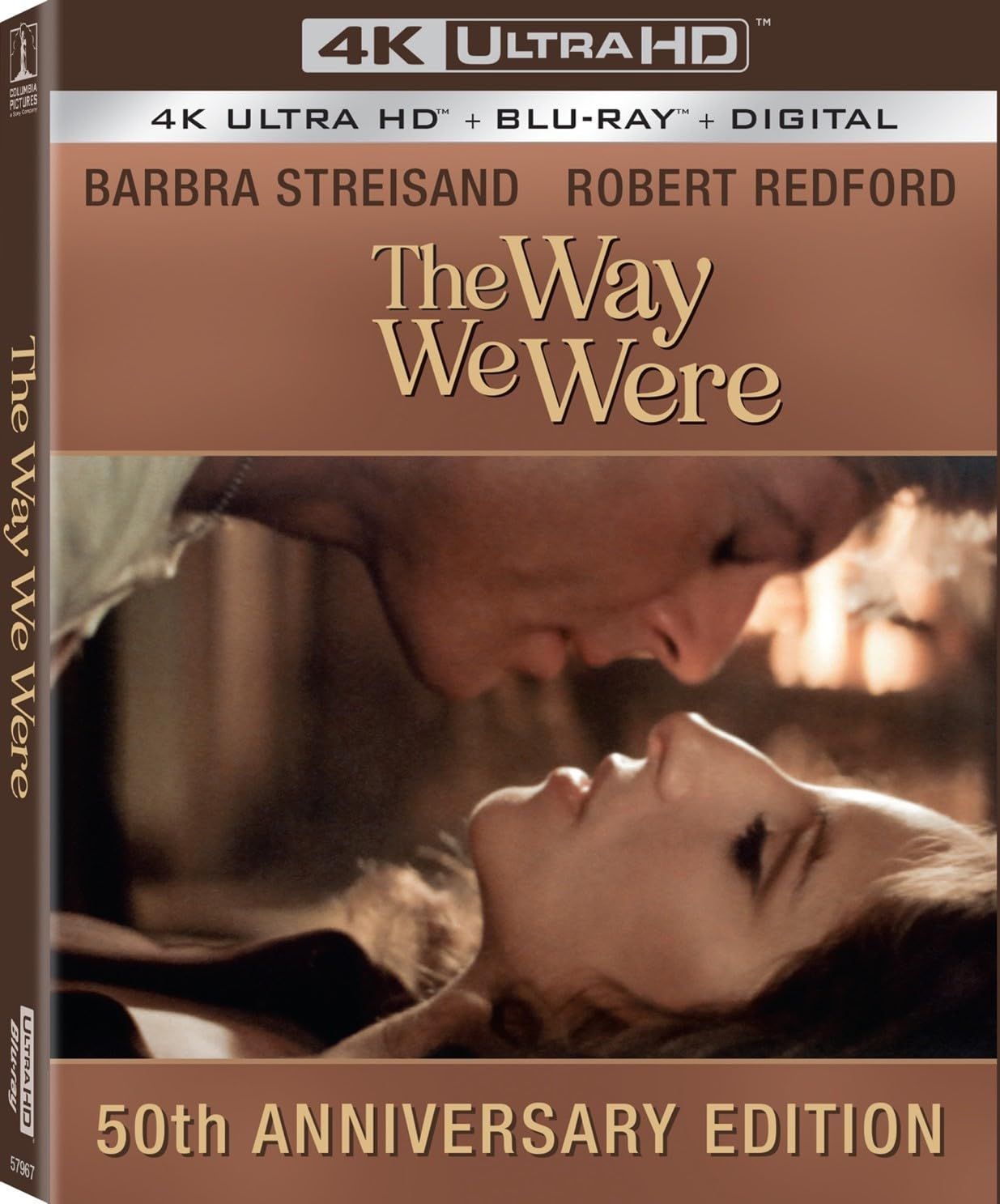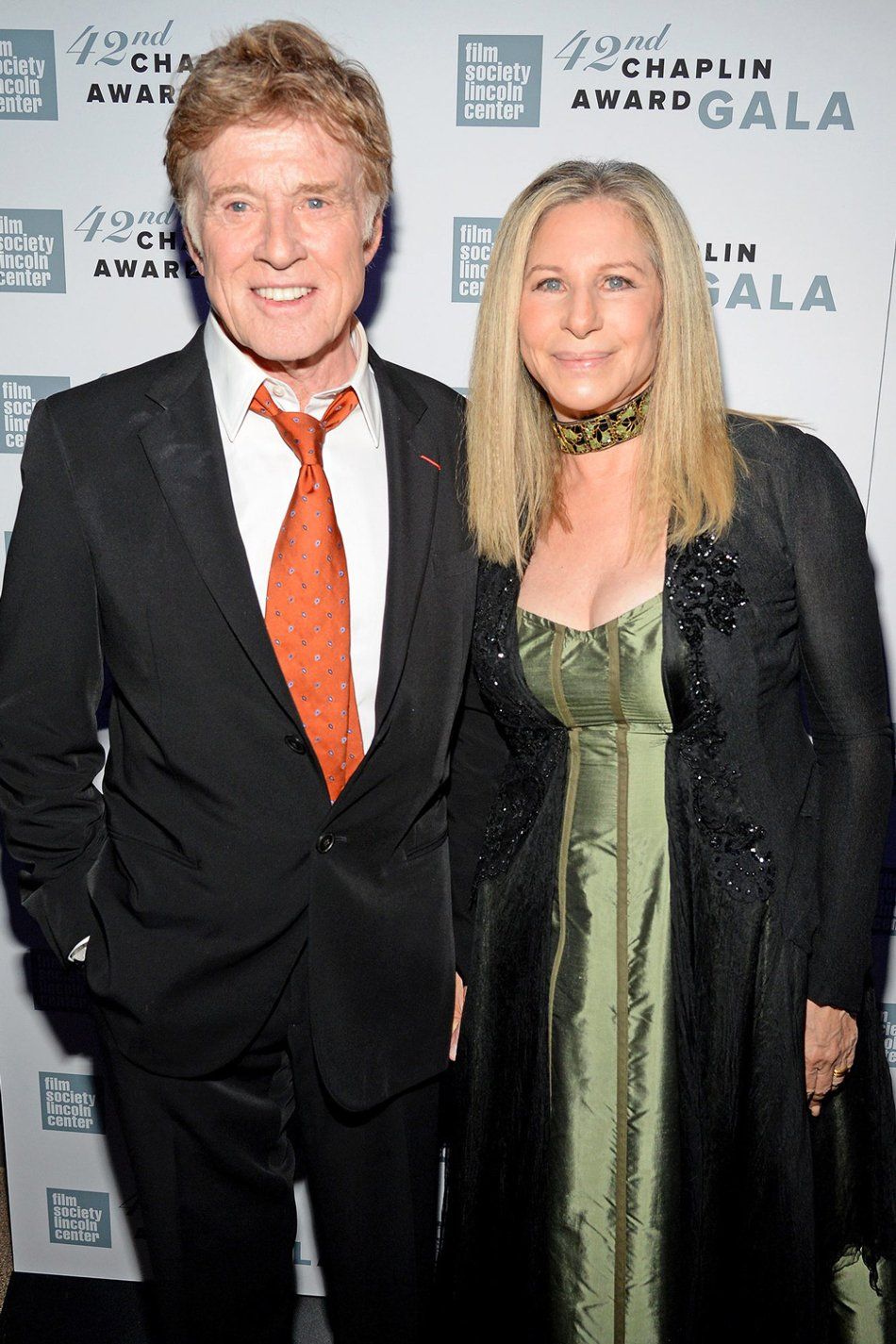For years there was talk of a sequel to
The Way We Were. It's never been made, nor does it look like it ever will be.
Producer Ray Stark wanted a sequel, but the films' principals (Streisand, Redford, and screenwriter Laurents) weren't interested at first.
According to Arthur Laurents, there was also an issue of payment that may have soured Streisand and, especially, Redford. Laurents wrote in his memoir that both stars had to sue Stark for their percentage of the film's gross.
It was a decade after the original movie that Robert Redford asked Laurents to write a film love story. Laurents, instead, came up with a sequel to
The Way We Were. Here’s his description of the story he came up with:
Hubbell and their daughter (a radical like Katie), who comes on to him not knowing he is her father; Katie and Hubbell who never stopped loving one another; Katie jealous of her daughter and deeply attached to her second husband, David, who loves her and the daughter he has really been a father to. Add outtakes from the original so that, for one example, when Hubbell and Katie talk long distance for the first time in fifteen years, what each visualizes on the other end is the other fifteen years ago. Add an ending at the chaotic 1968 Democratic National Convention in Chicago with police brutality against marching protesters who are shouting to the TV cameras: “The whole world's watching!”
Laurents explained in his book that Redford abandoned the screenplay in the early 1980s “because Ray Stark would produce it and he hates Ray. It's a whole long story with Redford. He's impossible, egocentric.”
Streisand became interested in reuniting with Redford in the 1990s. Redford originally had the rights to Pat Conroy's novel
The Prince of Tides and thought it'd be a great property to bring Streisand back together with him on screen. Streisand, of course, ended up producing, directing and starring in
Tides with Nick Nolte instead of Redford.
Streisand told a magazine in 1992 that the sequel “would be about how passion wins over intellect. In
The Way We Were, it doesn't: Passion gets relegated to second position. But there's no question, he is the love of her life.”


